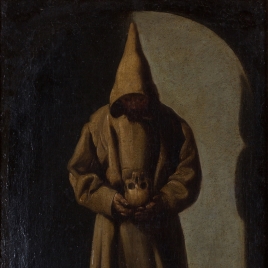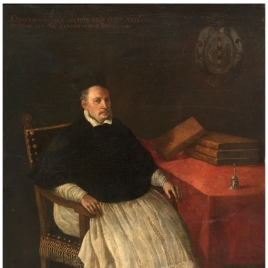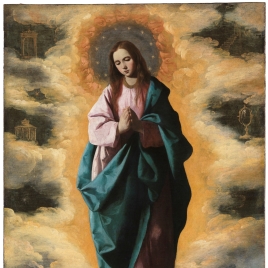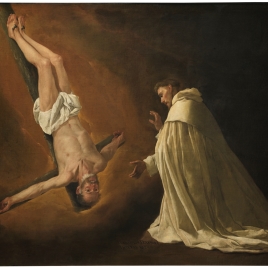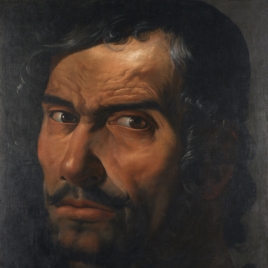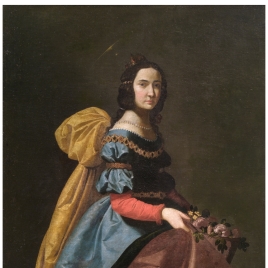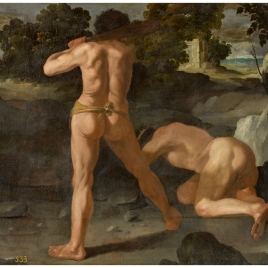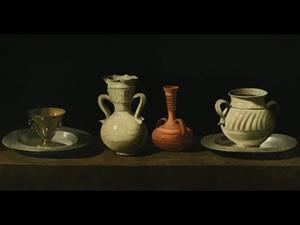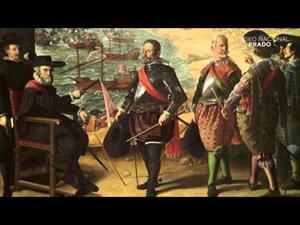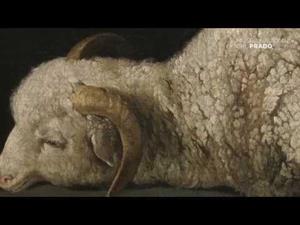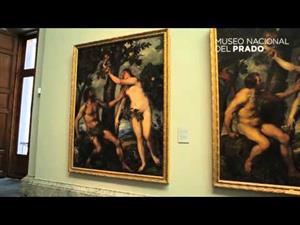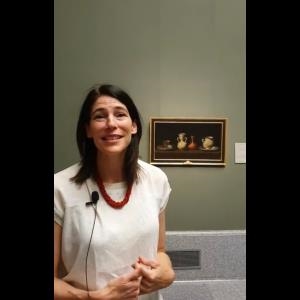Zurbarán, Francisco de
Fuente de Cantos, Badajoz (Spain), 1598 - Madrid (Spain), 1664He learned art in Seville with Pedro Díaz de Villanueva (1614), but was undoubtedly friendly with Pacheco and Velázquez as well. History views him as the quintessential monastic painter, absolutely indentified with devout passion and miracles that he presented in a straightforward, direct, severe and everyday manner. He settled in Seville in 1628 and painted innumerable works there, including the large religious cycles for convents that are his most famous paintings from that time. Demand for his production throughout Andalusia and even in the Americas led him to draw on his workshop for help. He traveled to Madrid in 1634, probably at the invitation of Velázquez, to work on the decoration of the Buen Retiro Palace, and the art he saw in that city, especially in the Royal Collections, as well as his contact with other artists, enriched his posterior work. After returning to Seville, he undertook the projects that mark the zenith of his career: two large monastic series for the charterhouse in Jerez and the Monastery of Guadalupe, respectively. By 1645, Murillo’s growing fame, and stylistic changes in the art world, affected Zurbarán’s prestige. He received fewer commissions and began painting more for the Americas, industrializing his production and struggling to transform his approach. He returned to Madrid in 1658, where he led an impoverished existence until his death.
Zurbarán was a faithful interpreter of monastic sentiments and he presented nature with an astonishing sense of reality and a convincing straightforwardness. His use of light reflects the influence of Caravaggio—intense but never overly harsh-and serves to bring out the sculptural values of each shape. He never strayed from early 17th-century tenebrism, ignoring the Baroque’s decorative evolution as that century advanced, and it was only towards the end of his life that he attempted, with little success, to soften his formulas in order to more closely resemble Murillo. Throughout his career he stood out for his capacity to paint individual figures without spatial referents, and this explains the equal perfection of his still lifes, whose uncomplicated compositions are characterized by severe geometrical rigor. These principles are reflected in his curious manner of presenting each motif -figures or objects- with a peculiar and sometimes incoherent sense of isolation from its surroundings. Still, every element is executed with the same meticulous care and precision, from the fundamental parts to the modest details of each still life (Luna, J. J.: El bodegón español en el Prado. De Van der Hamen a Goya, Museo Nacional del Prado, 2008, p. 167).

